 |
| The Local Time is Saturday, 27-Jul-2024 11:54:09 CEST |
Sheldonian Theatre |
|
|||
| YOU ARE HERE: Main Home Page > Places to Visit > Oxford > Sheldonian Theatre |
|
|
 |
|
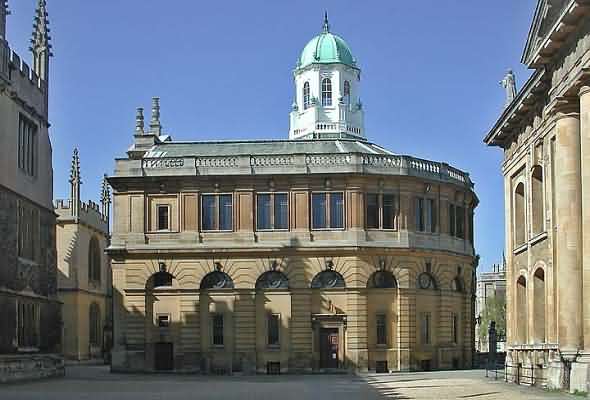 The Shedonian Theatre 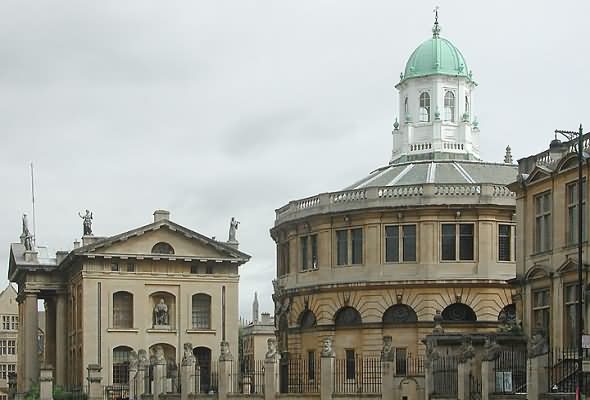 The Sheldonian and Clarendon Building 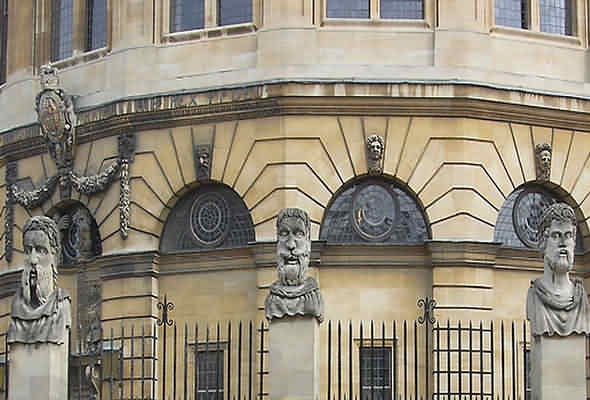 Close up of Sheldonian Theatre 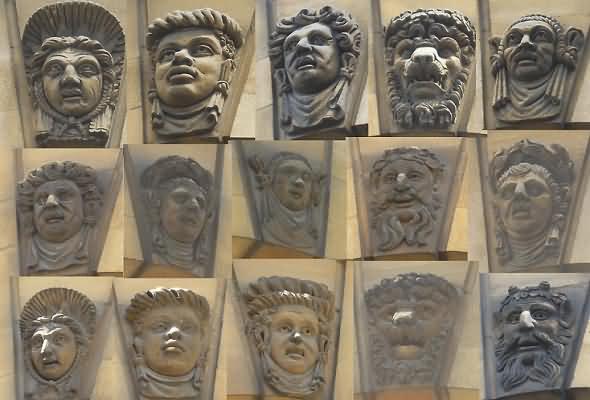 Carved stone heads above the external windows of the Sheldonian Theatre 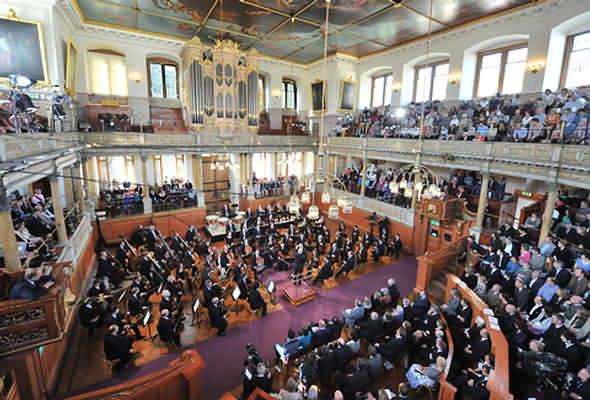 Inside the Sheldonian Theatre |
||||||||||||||||||||||||||||||||||||||||||||||||||||||||
|
||||||||||||||||||||||||||||||||||||||||||||||||||||||||
|
||||||||||||||||||||||||||||||||||||||||||||||||||||||||
The Sheldonian Theatre - the principal assembly room of the University of OxfordThe Sheldonian Theatre was the first major commission for an aspiring young architect named Christopher Wren. Wren, who was then Professor of Astronomy at Oxford, designed the Sheldonian in imitation of a classical Roman theatre. The Sheldonian was the first classical building in Oxford. Wren's basic source of inspiration for the Sheldonian is thought to have been taken directly from the U-shaped Theatre of Marcellus in Rome During the late 17th century the Sheldonian saw service as the University printing press, but its main use now is the venue for university ceremonial, principally convocations, Encaenia, degree ceremonies and Romanes lectures. It has also been used for university examinations, while the basement was used earlier in this century by the Bodleian Library as an extra book repository. Throughout the remainder of the year the Sheldonian is used for concert performances. Visitors may climb to the cupola for impressive views of the city centre. Sheldonian Theatre -
Broad Street,
OX1 3AZ. The BuildingThe building was constructed between 1664 and 1669, funded by Gilbert Sheldon, Warden of All Souls College and later Archbishop of Canterbury. The original roof also incorporated ingeniously constructed timber trusses and complicated cross beams, supported only by braces and screws, without any columns, spanning the 70 foot (21.34 metres) by 80 foot (24.38 metres) auditorium. The impetus behind the building of the Sheldonian was driven by the desire of officers of the University, such as John Fell, Dean of Christ Church and Vice-Chancellor, to remove all secular activities from St Mary's Church, which had hitherto been the venue for university ceremonies. While this was intended to be its primary function, however, it was also used from the time of its opening as a home for the developing Oxford University Press. This use of the theatre came to an end in 1713 with the opening of the Clarendon Building, purpose-built for the University Press. VisitingIn addition to being a functional building of the University of Oxford, it is made available for hire to those who wish to promote recitals of music and other similar functions. It is also open, as circumstances allow, to those who wish to visit the building for its historical, architectural and contemporary interest. Contact details - Tel: (01865) 277299; Fax: (01865) 277295; Email: custodian@sheldon.ox.ac.uk |
||||||||||||||||||||||||||||||||||||||||||||||||||||||||
|
||||||||||||||||||||||||||||||||||||||||||||||||||||||||
| BACK TO TOP | ||||||||||||||||||||||||||||||||||||||||||||||||||||||||
The Sheldonian Theatre |
||||||||||||||||||||||||||||||||||||||||||||||||||||||||
| This page last modified Friday, 12-Mar-2021 15:07:09 CET | ||||||||||||||||||||||||||||||||||||||||||||||||||||||||





